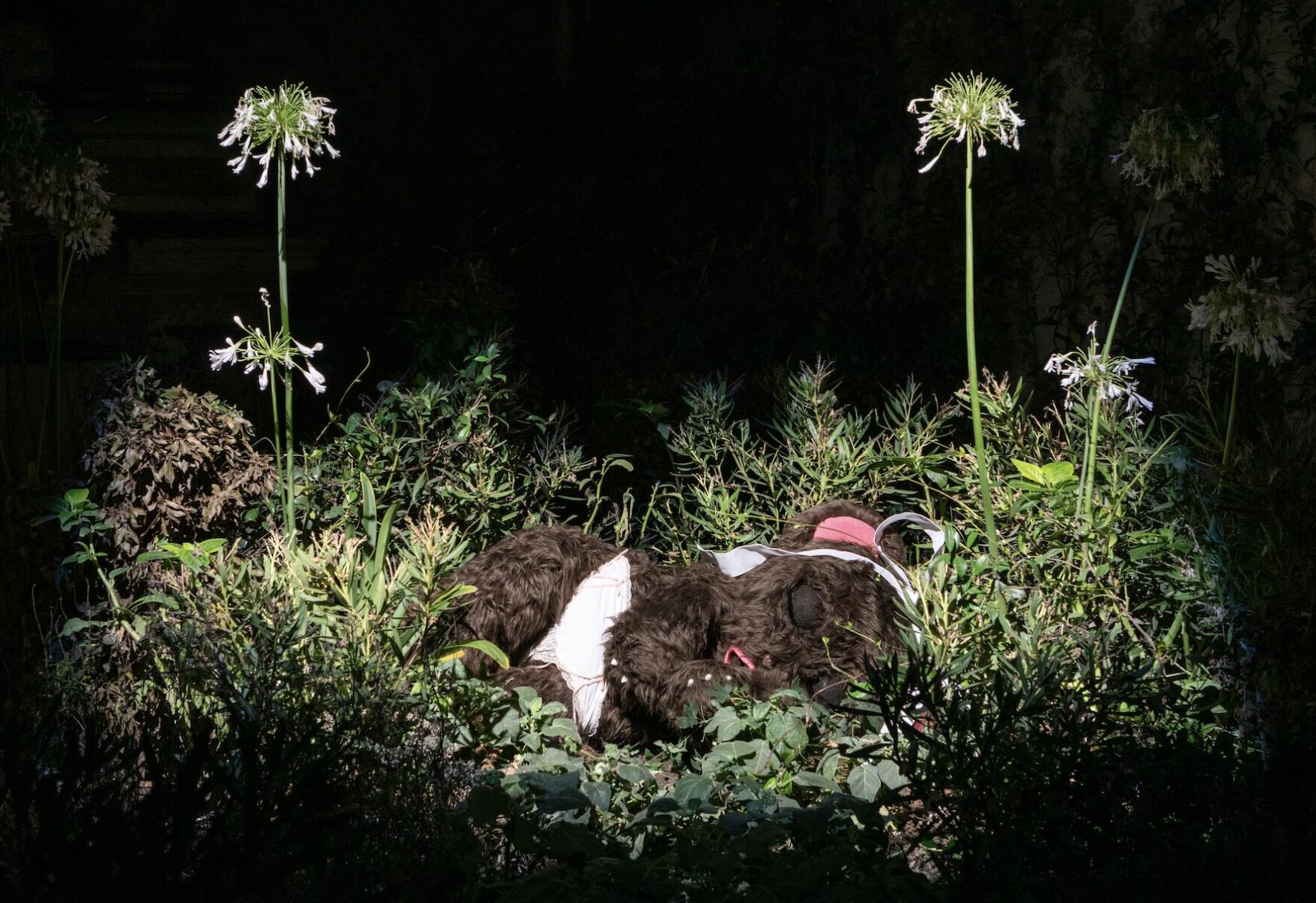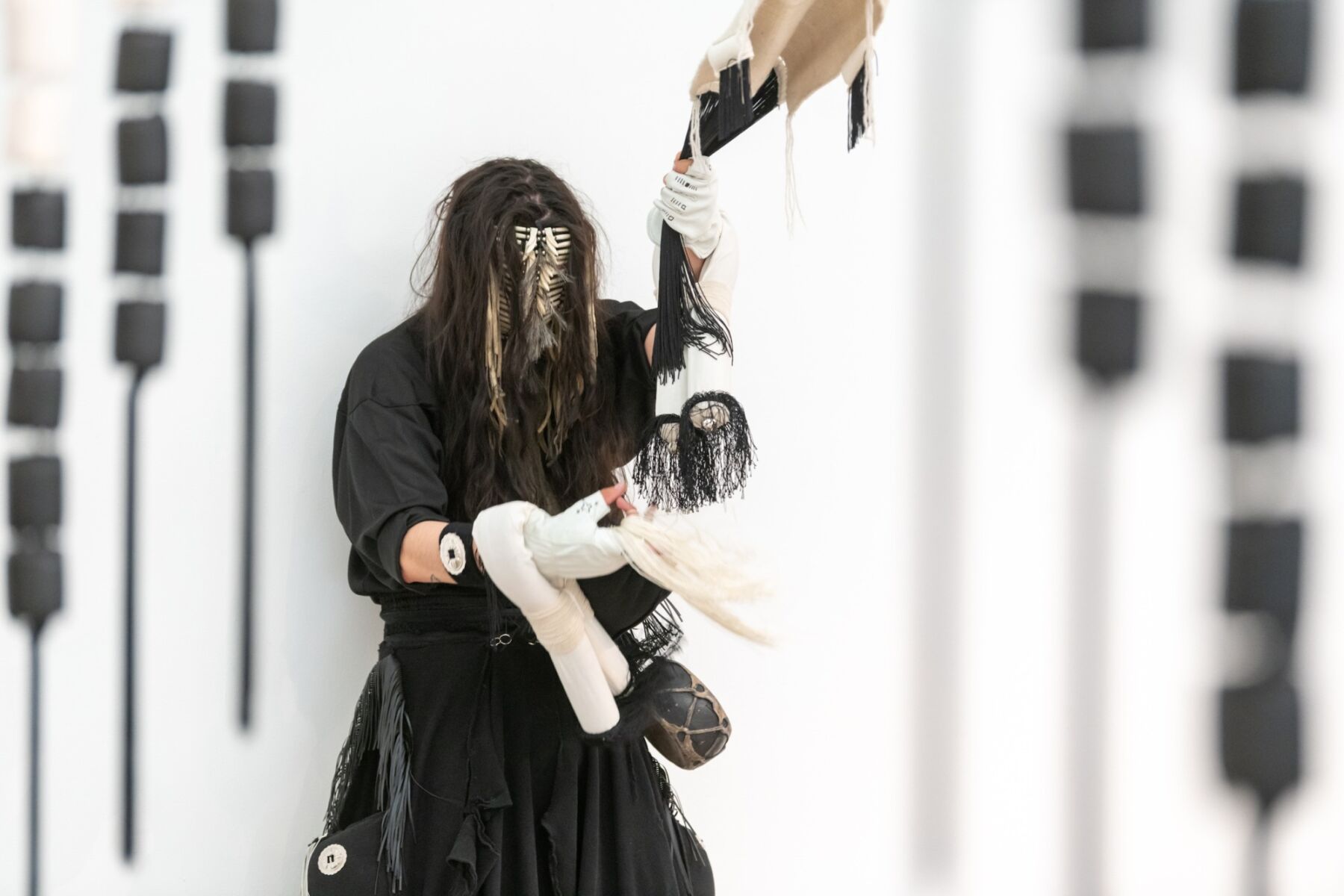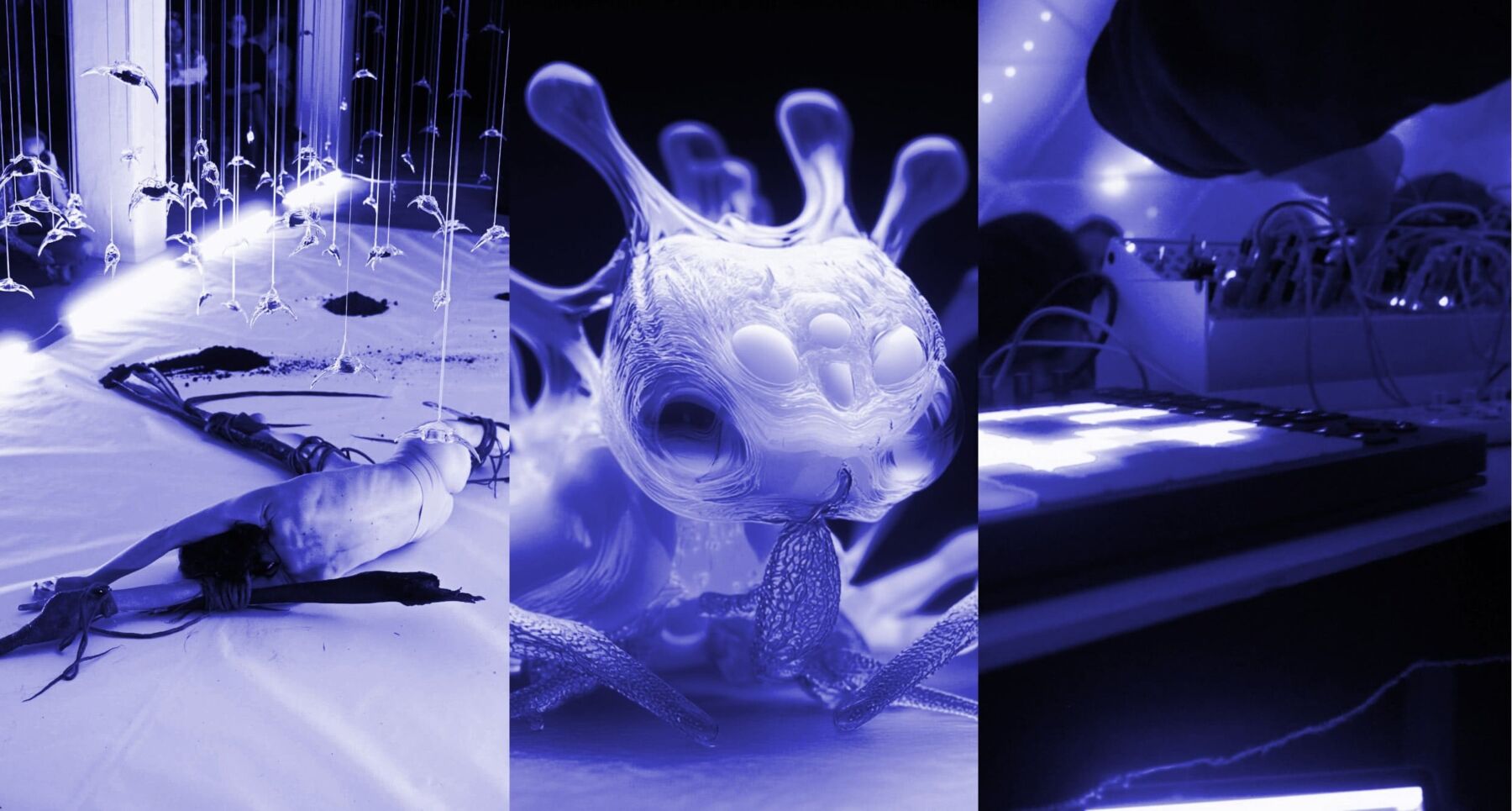Text by Maurizio De Caro
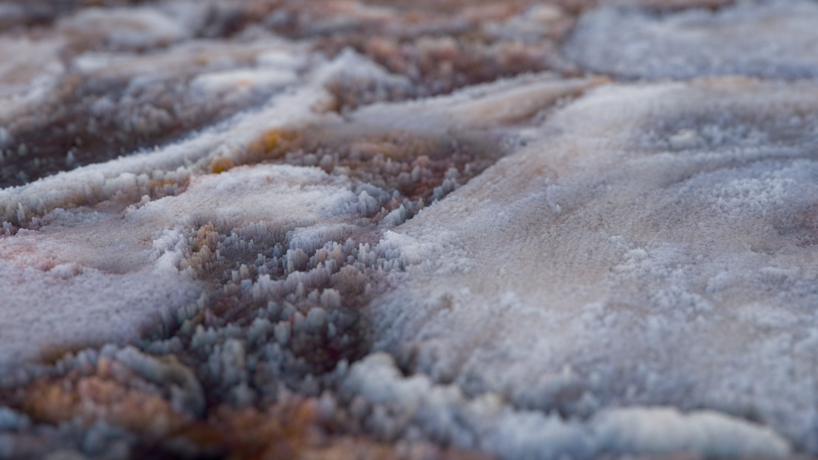
There is something magical in Eleonora Orlandi’s educational and creative path. A young “architettrice” who, after some cultural nomadism (Prague, NYC, London), landed on the west coast but of course in the studio of Greg Lynn, an American visionary designer.
Eleonora’s research expresses a profound linguistic and theoretical innovation. It looks like she went through all the twentieth-century avant-gardes; without exception, she did not miss any and approached them with an astonishing conceptual and expressive liveliness. She shows us how to reconcile with our often-unexpressed need to convey Architecture Theory a scientific, programmatic, and disciplinary status, which nowadays is disregarded by general production, the urgency of doing and the dictatorship of building.
As a matter of fact, her works are revealing themselves as autonomous chapters of a novel yet to be written. Her titles communicate wonder, like a breath of fresh air, a peaceful breeze coming from the Pacific Ocean.
Suppose architecture can emerge from the analysis of a cliff shallow nest colony. In that case, it means that this ancient and bruised both artistic and scientific discipline it is still beyond healthy. If the programmatic commitment reaches these high levels, then there is still space to engage in critical theory. Eleonora Orlandi communicates an imaginative candour combined with a depth of thought that brings architecture back to the centre of philosophical research, to a new “culture of forms and senses” that we believed had disappeared.
When looking at the wonderful drawings, the clarity and complexity of the design process are palpable; the origin of the ideal gesture isn’t left behind; it is as if the ultimate purpose of architecture was already included in the intuition of the digital path that leads us towards its determination. What is evident is that the methodology is elaborate and cutting-edge; it lives within the fullest virtuality potential, and what comes after is a small detail compared to the scientific process of these new forms of architecture.
Eleonora Orlandi’s work ranges from research on materiality to science fiction, to innovative design, to the production of experimental means of representation, to non-rhetorical attention to environmental problems (She Hot, for example), to artistic installation, through projects such as the multimedia stage of Justin Timberlake or the new Moto Guzzi headquarters in Mandello del Lario.
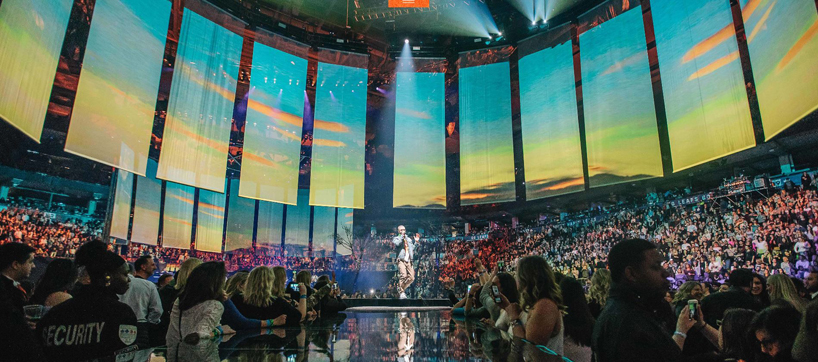
What’s more is the vocabulary of “new words” that illuminates new paths and new possibilities for the architecture of a present that resembles more and more a future with unknown territories to discover, bringing new strength to the intellectual creation adrenaline; what will be the function of design from now to 2078?
Immersing yourself in this encyclopedia of images, signs, and intuitions but also deep reflections on the meaning of this profession is worth more than a critique, albeit a stimulating one, because it manifests the perfect conjunction between dream, gesture and design, where everything is real even if it is impossible. Everything is possible because it is unreal.
It is a gift, a box full of shaped desires from the other side. It requires us to ponder some of the most demanding considerations about the transfer of architectural knowledge and the need to provide new design enthusiasm with no post-dream certainty of realisation.
Eleonora delineates a path with no obligation for strategic language. Going past the more theoretical expression wouldn’t strengthen the inspiring principles of her work, which already has disciplinary completeness organised by points, chapters, forms and by anthropological impulses.
A new man inhabiting a new world unveils in her theatrical sceneries panoramas without highly functionalized spaces. “Advanced renderings” of sensible, corporeal and bewildering scenarios welcome us inside this architecture that is anything but virtual, “life and not second life ”, an idea of tomorrow but already so blissfully present.
Eleonora Orlandi’s theoretical outline does not allow us to foresee new goals since we can intuit the richness of her message and the depth of her ideas. Every project brings us back to that amazement, that mystery that makes architecture: the Architecture, always, no matter how. This visionary intellectual research cannot leave us indifferent, and above all, we cannot ignore the paradigms of this frenetic cultural foray. Many years of humanistic, poetic and sensorial formation and apprenticeship led to an inevitable complex culmination.
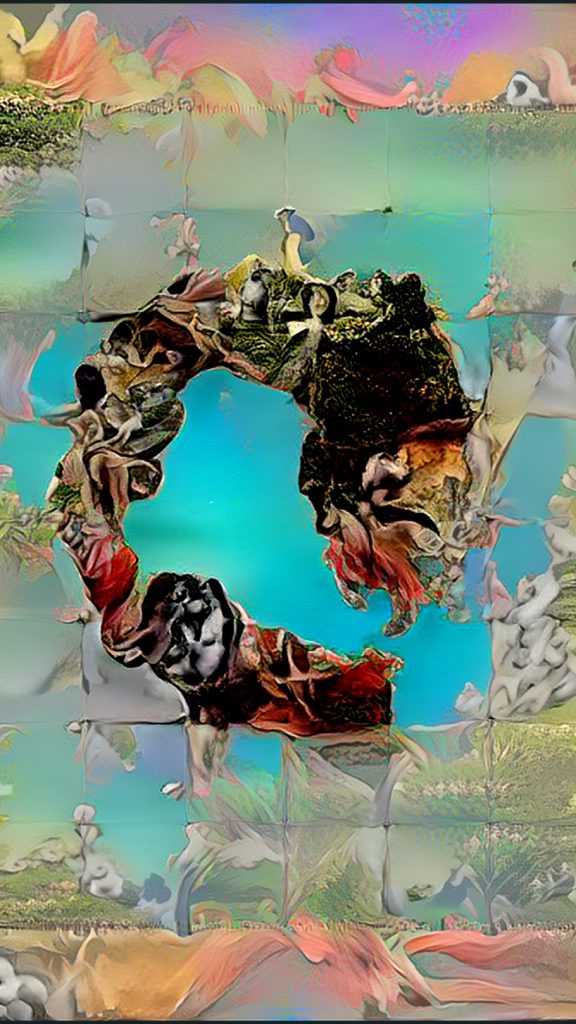
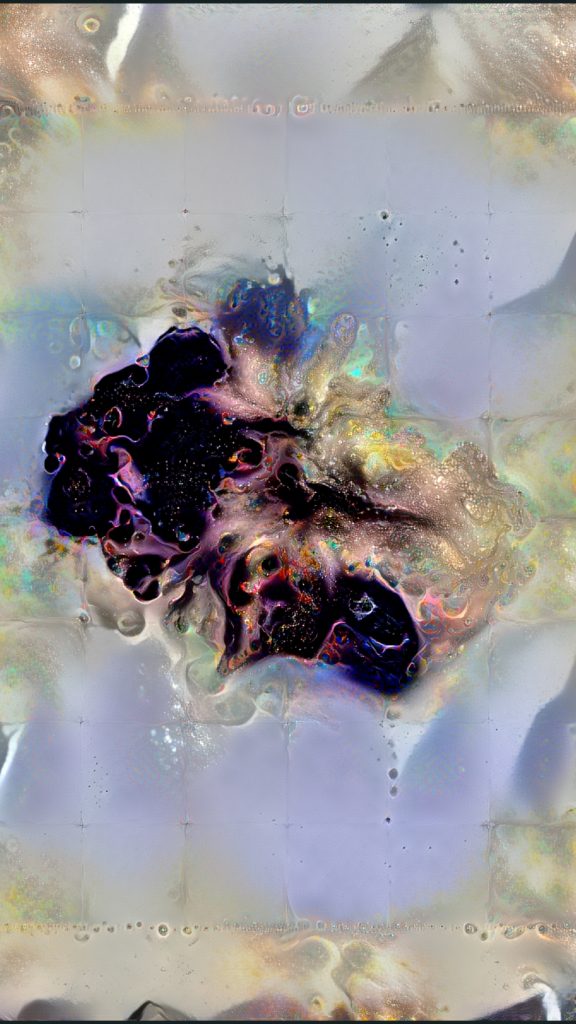
There! Let’s not forget all the senses because Eleonora implements each of them in her design. She stimulates senses with no unease and without any preconceived expectation of to what extent sensoriality can be relevant and how far our enhanced perception can give birth to architectural results.
This concept portrays the huge innovation and modernity of the relentless/unstoppable movement that younger generations only can show us. The west coast is “no country for old men”. Things keep happening there, and it is our obligation to pay attention to it and understand where our rickety old world is going.
Read carefully the drawings that you will see in this article because they are an example of how far architecture can go and how much more it can communicate if only we could put aside the consolidated equilibriums of our rhetoric, our absolute certainties and our banalities, which are polluting the cultural dimension and the history of the project.
This existentialist agenda illustrates that a scientific approach to research is possible; this young designer is asserting it with distinct and clear words. Not yet corrupted by her soon-to-come success and still free from the conditioning of academia and trends, she is ready to bring new nourishment to a discipline that hides its slight weariness and gloominess with frills and red carpets. In the “architettrice” work, we find those lost qualities that give us energetic hopes for critical theory and research.
Just try; to allow a different point of view on phenomena that speak with awareness and knowledge of the facts. In today-noisy society more than ever before, we need to pay attention to truths, to those questions that Eleonora is heartily enquiring about from a beach overlooking the Pacific Ocean.


